System synchronization - the foundation for seamless digital government
Implementing the direction of the Government and the guidance of the Government Office , ministries, branches and localities are synchronously connecting the administrative procedure settlement system at the ministerial and provincial levels with the National Public Service Portal through the national data integration and sharing platform (VDXP).
According to the Government Newspaper, from June 27, 2025, the National Public Service Portal will officially become the country's sole access point for providing online public services. Provincial public service portals will cease to operate independently from July 1, 2025; the ministerial level will complete the merger by early 2026 at the latest. This is an important step towards forming a unified, modern administrative system, with data as the center and people and businesses as the service objects.
According to statistics from the Government Office, up to now, 14 ministries and provinces have completed connecting to the electronic data warehouse on the National Public Service Portal, more than 4,400 online public services have been provided, with over 200 million electronic records synchronized. These figures not only reflect technological capacity, but also demonstrate the reform determination of the entire administrative system.
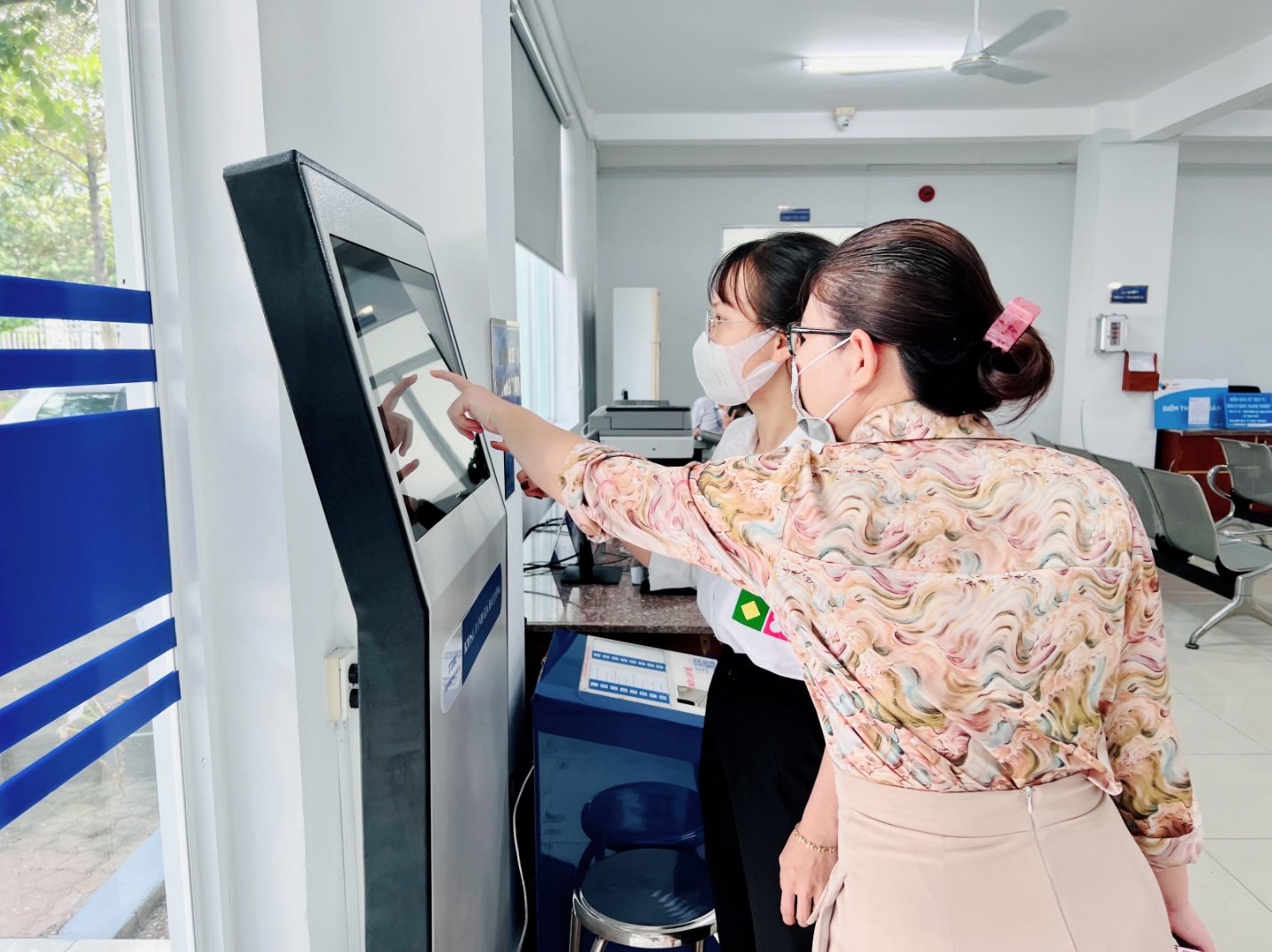
Localities promote the implementation of administrative reform tasks associated with digital transformation.
Thanks to the interconnection, personal and organizational information and administrative procedure records are shared between the systems of ministries, localities and the National Public Service Portal. This helps people avoid having to declare the same data over and over again, reducing administrative burdens, shortening the time to process records, and ensuring the consistency and accuracy of information.
Second, the entire application processing process is digitized. People submit applications online via the National Public Service Portal, the system automatically forwards them to the competent authority, receives and processes them on an electronic platform. Applications, results, and responses are all digitized, minimizing the use of paperwork. Thanks to this, the processing time is shortened by 30-50% compared to the traditional process in many localities.
Third, increase transparency and accountability. Every step in processing records is monitored and publicly displayed on the National Public Service Portal. People and businesses can look up, evaluate their satisfaction level and send feedback and recommendations directly. Making progress public not only helps increase people's trust, but also encourages administrative agencies to work more professionally and responsibly.
The pioneering role of Science and Technology
As the state management agency for innovation, the Science and Technology sector (S&T) plays a pivotal role in ensuring technical foundations, standardizing data and leading digital transformation thinking in the administrative apparatus.
The Ministry of Science and Technology coordinates with relevant units to build the e-Government and Digital Government architecture framework, and issue technical standards on data integration and interconnection. The Ministry also presides over many projects on identification systems, information security, and open data standards, creating conditions for ministries and provinces to easily connect to the National Public Service Portal.
At the local level, the Department of Science and Technology is the force directly supporting the process of digitizing administrative procedures, guiding district and commune-level units to standardize forms, and training staff to use electronic systems. Many Departments have coordinated with technology enterprises to deploy smart document processing platforms, helping to improve the efficiency of serving people.
At the professional level, the science and technology sector is also promoting the application of artificial intelligence (AI), big data mining and electronic authentication solutions in state management. These tools not only support statistics and forecasting, but also help make management decisions based on data, instead of emotions.
These efforts demonstrate the pioneering spirit of the science and technology sector in turning digital transformation from a slogan into practical action, making science and technology the "key" to administrative reform.
Thanks to the synchronous system, people now only need a single account to submit, track, and receive results of administrative procedures nationwide. Files are processed faster, results are returned online, saving time and travel costs.
Enterprises also benefit significantly: Procedures on investment, business registration, tax, customs, intellectual property, etc. are processed seamlessly and without interruption, creating a favorable and transparent business environment, contributing to improving national competitiveness.
More importantly, people clearly feel the change in the way the government serves: from "asking - giving" to "serving - accompanying". That is the truest measure of the effectiveness of administrative reform and digital transformation.

The science and technology sector is expected to be the locomotive of knowledge, technical support, standardization, training and consultancy for ministries, branches and localities.
Despite the encouraging results, the process of synchronizing and connecting the administrative system still has much to do: Perfecting data infrastructure, ensuring network security, enhancing digital capacity for officials, and especially changing traditional management habits to digital management thinking.
The science and technology sector continues to be expected to be the locomotive of knowledge, technical support, standardization, training and consultancy for ministries, branches and localities. That is also how the science and technology sector realizes its role of "creating and leading" in national digital transformation, making science and technology the foundation for a transparent, seamless administration that serves the people better.
Source: https://mst.gov.vn/he-thong-lien-thong-dau-an-chuyen-doi-so-trong-giai-quyet-thu-tuc-hanh-chinh-197251012144009916.htm







![[Photo] General Secretary To Lam attends the opening of the 1st Government Party Congress](https://vphoto.vietnam.vn/thumb/1200x675/vietnam/resource/IMAGE/2025/10/13/1760321055249_ndo_br_cover-9284-jpg.webp)



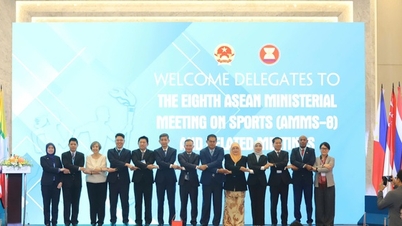








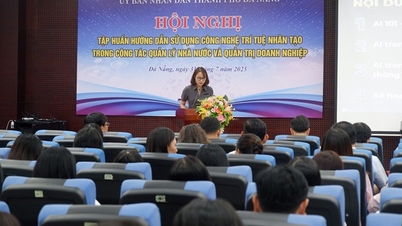
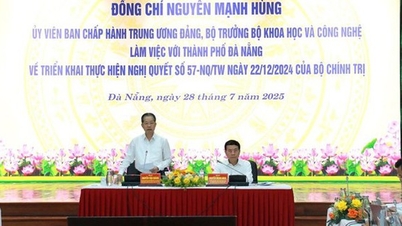
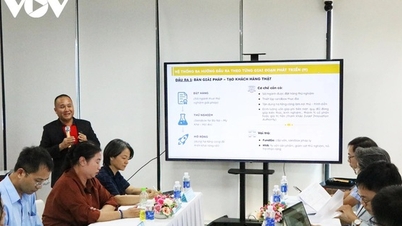
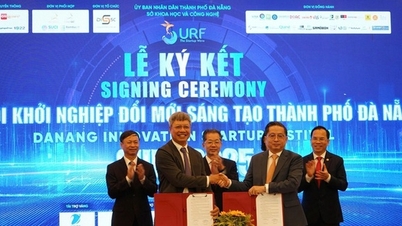
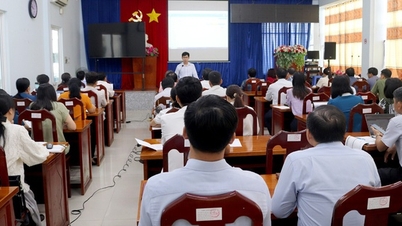


































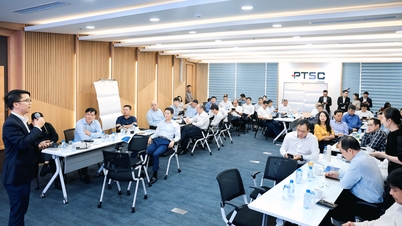














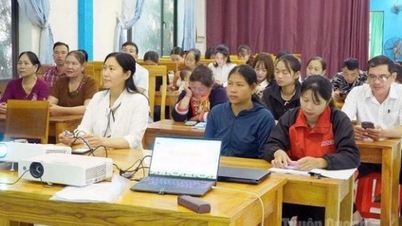



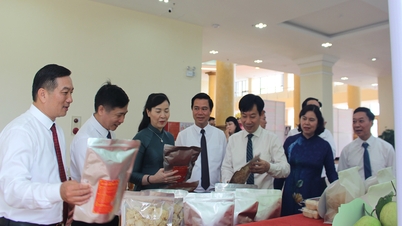

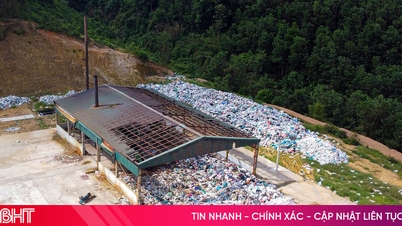



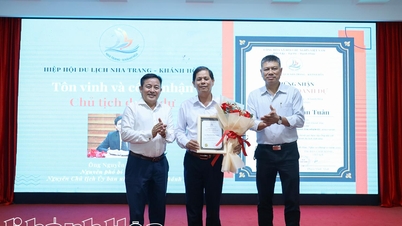















Comment (0)